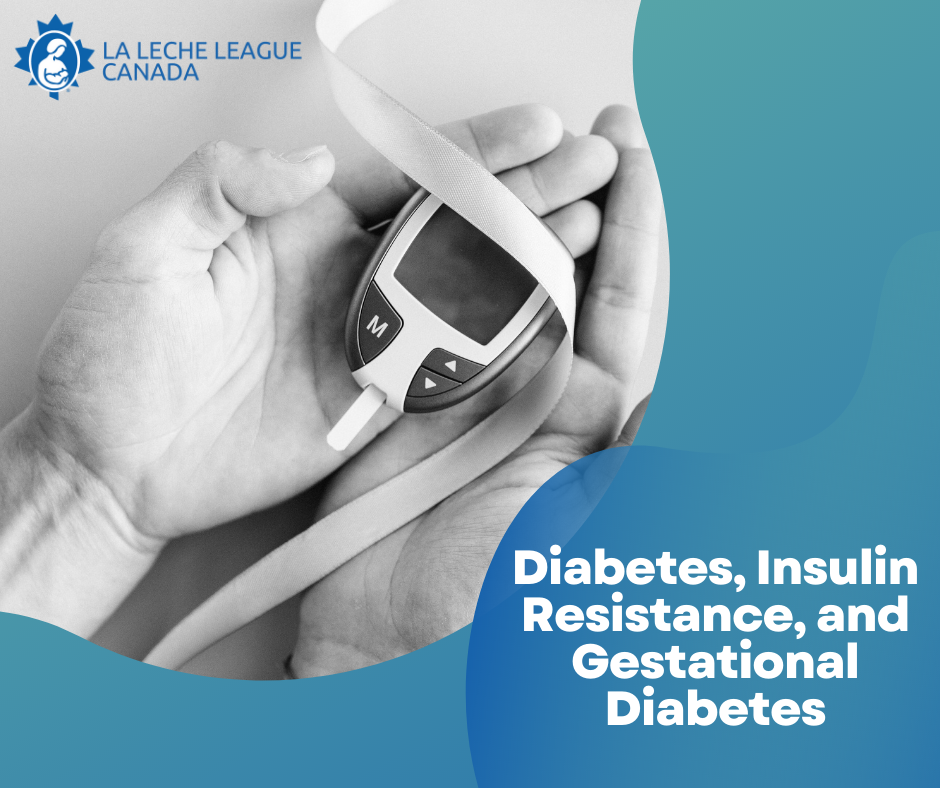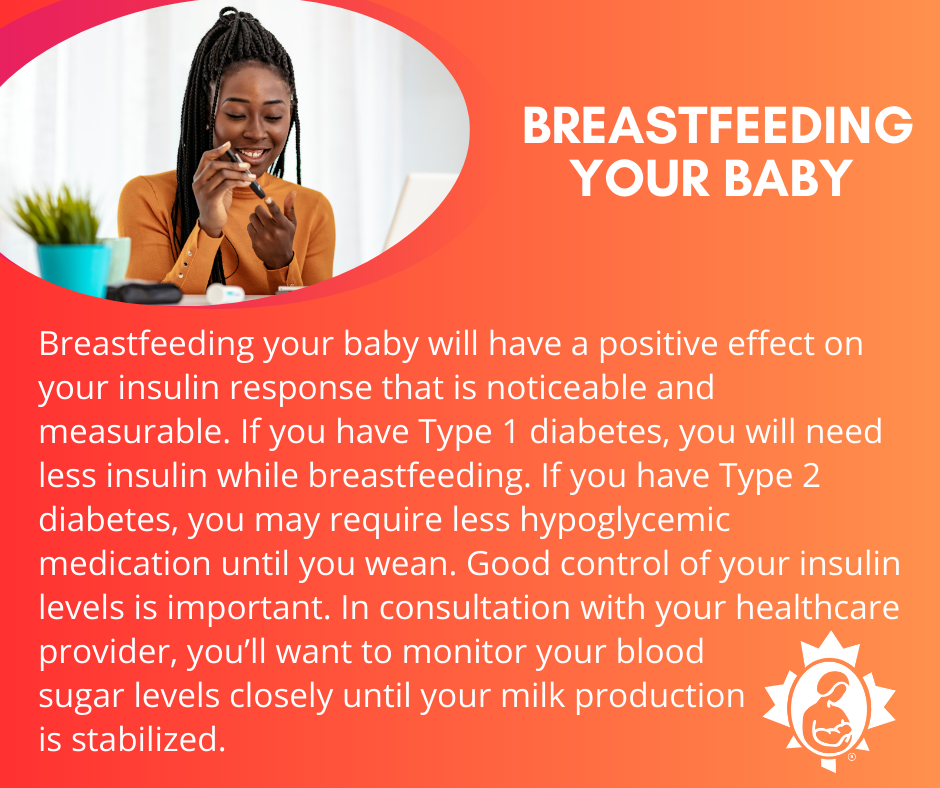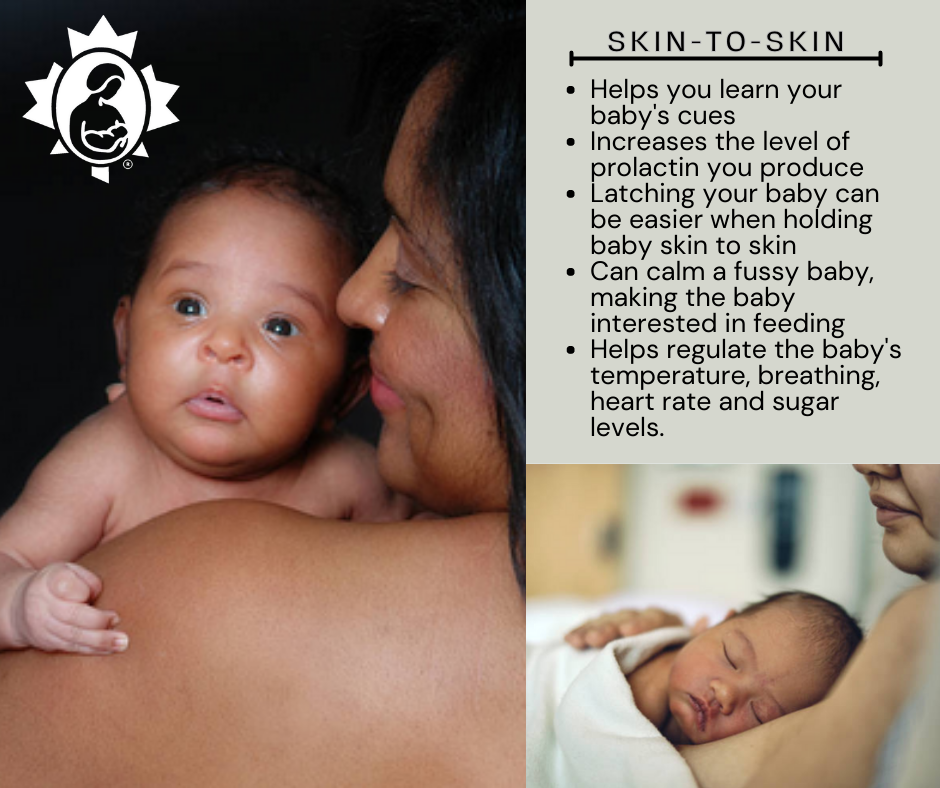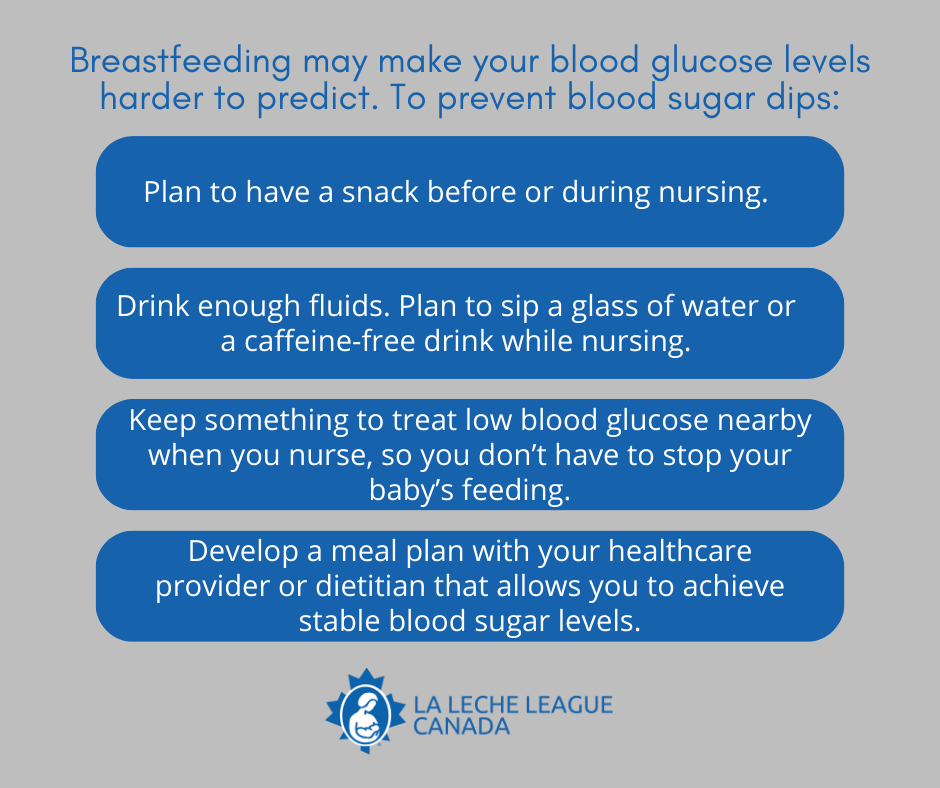Mothers with diabetes have an increased risk of thrush and mastitis. For that reason it is important to protect your nipples from damage and drain your breasts effectively. Make sure that your baby is latched properly with a good, deep latch. See Positioning and Latching.
When it comes time to completely wean your baby, it is important to do so very gradually. This allows your body to adjust to the change in your insulin requirements. Discuss the dose of your medication with your healthcare provider. It may need to be adjusted.
If you have any breastfeeding questions or concerns, contact your local La Leche League Canada Leader who can provide you with support and information.
References
Knip, M., Åkerblom, H. K., Al Taji, E., Becker, D., Bruining, J., Castano, L., ... & Writing Group for the TRIGR Study Group. (2018). Effect of hydrolyzed infant formula vs conventional formula on risk of type 1 diabetes: the TRIGR randomized clinical trial. JAMA, 319(1), 38-48.
Mohrbacher, Nancy. (2020). Breastfeeding Answers: A Guide for Helping Families, Second Edition. Nancy Mohrbacher Solutions, Inc.
Updated 2024




